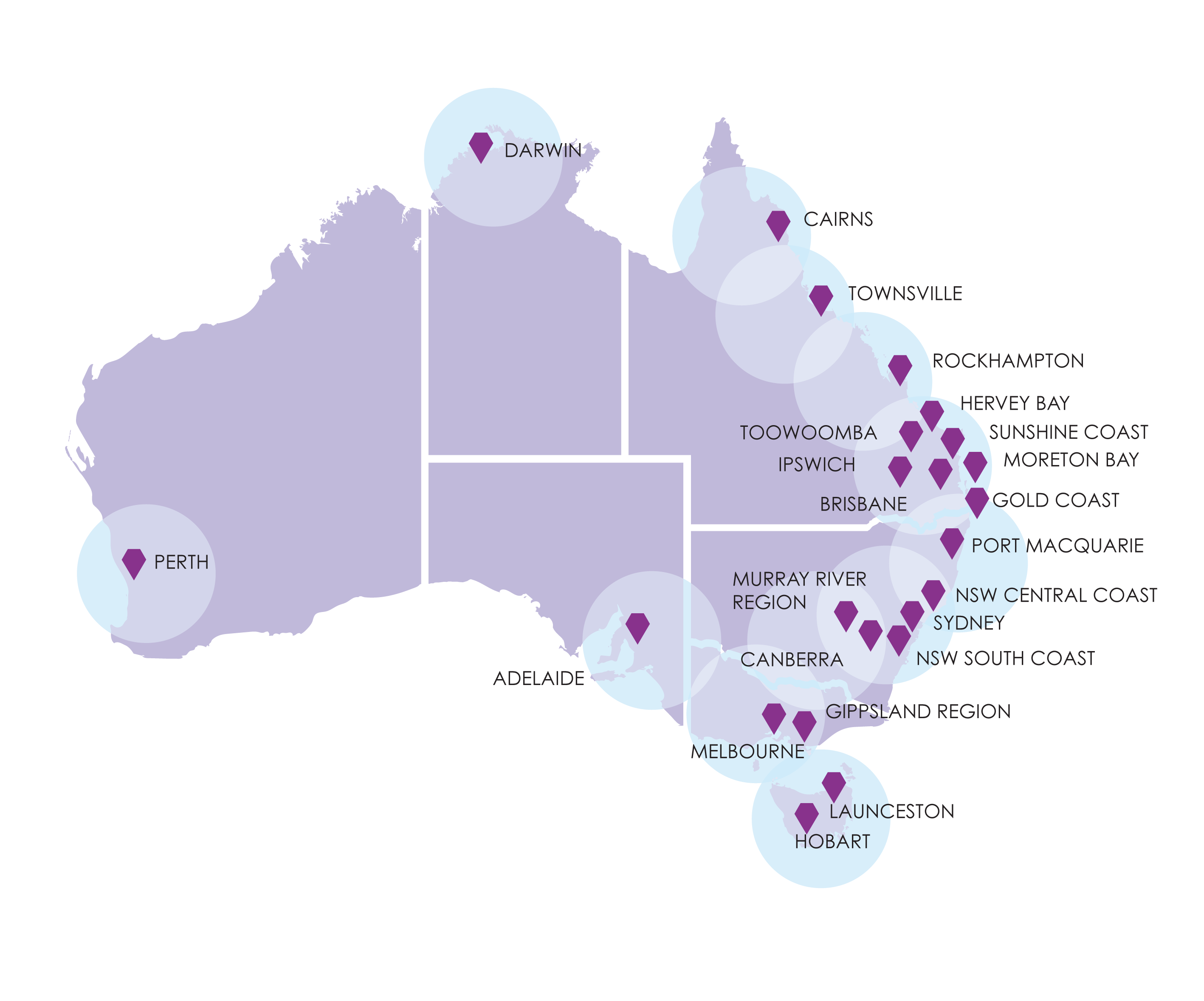Boundary-setting is a vital skill that ensures healthy work, romantic, family, and platonic relationships. We are often never taught how to set boundaries, or even told that they are important. But without effective boundaries, unhealthy or toxic relationships can develop, which can severely impact our mental health and wellbeing. Effective boundary-setting is linked to happier relationships with others, better self-esteem, reduced symptoms of mental health issues, such as depression and anxiety, as well as a happier, more fulfilled life. By building our ability to set boundaries, we can maintain effective self-care and see benefits in every sphere of life, including our work, family, health, and romantic relationships.
What are Boundaries?
Boundaries can be defined as the limits and rules that we set for ourselves within a relationship. They are the space between you and the other person, which ensures there is appropriate separation, independence, and support for each person in the relationship. The purpose of boundaries is to protect our values and what is important to us. Boundaries support our values by ensuring we consciously limit how we spend resources, such as time, energy, and emotions, on what really matters to us. Our values are unique to ourselves.
As a result, our boundaries are also unique to the individual. Boundaries are about setting appropriate limits; however, the appropriateness may depend on the setting or context.
Types of Boundaries
• Rigid boundaries: people with rigid boundaries keep others at a distance. They often struggle with feelings of loneliness, depression, and a lack of social connection. They likely avoid intimacy or closeness with others, have few close relationships or friendships, struggle to open up to others, and are private and protective of personal information
• Porous boundaries: people with porous boundaries are overly involved and enmeshed with others. They often are highly dependent on other people and struggle with feelings of anxiety, burnout, and the need to please others. They likely struggle to say no, become dependent on the opinions and reassurance of others, accept abuse or neglect, overshare personal information, and fear rejection
• Healthy boundaries: people with healthy boundaries are able to set limits in relationships and protect what is important to them. They likely know their personal needs and values and can communicate these to others. They are assertive, value their own opinions, will not accept abuse or neglect from others, and knowhow to share personal information appropriately.
Why are Boundaries So Important?
• Relationships: boundaries ensure you have healthy and autonomous relationships. By setting boundaries, you can ensure you don’t give more than you can to the other person, nor develop feelings of resentment, which can bubble up into passive-aggressive comments or feelings of anger. By looking after yourself, you can care better for others.
• Self-Care: boundaries are a vital part of self-care, ensuring you can put limits around how you spend your time, energy, or emotions on others, and how much you keep for yourself. For example, if you have no work boundaries, you will have little time for other things in your life that you value.
• Empowerment and individuality: boundaries enable us to connect to our sense of identity. When we set boundaries, we are choosing how we spend our resources, prioritising and taking responsibility for our own happiness. Every time you set a boundary; you are making a choice to take control of your own happiness.
• Mental health: setting boundaries is an essential tool in taking control over your mental health and wellbeing. Boundaries can reduce stress levels and burnout, increase self-esteem, and protect ourselves from accepting abuse from others.
• Financial stability: boundaries are vital in ensuring we don’t spend or share more money than we have.
How to Set Boundaries
1. Know Your Boundaries: boundaries should be based on your values. If you don’t know what you are trying to protect, there is very little motivation to set boundaries. Ask yourself what is important to you, what you need from certain relationships, or what you want to protect? Also, consider what roles you are willing to play in a relationship?
2. Plan Boundaries: when you communicate a boundary with someone else, you are more likely to succeed if you plan what you will say, when you will say it, and how you will say it. Consider what has previously stopped you from placing boundaries.
3. Communicate your Boundaries: ensure you are clear and concise about what is bothering you and what your limits are. You do not need to explain why a boundary is important to you, but it can help the other person understand your perspective. Use confident body language, a respectful attitude, and a firm tone.
4. Continue to Set Boundaries: it may take time for them to interact with you in this new way. Remind them each time they cross the boundary.






